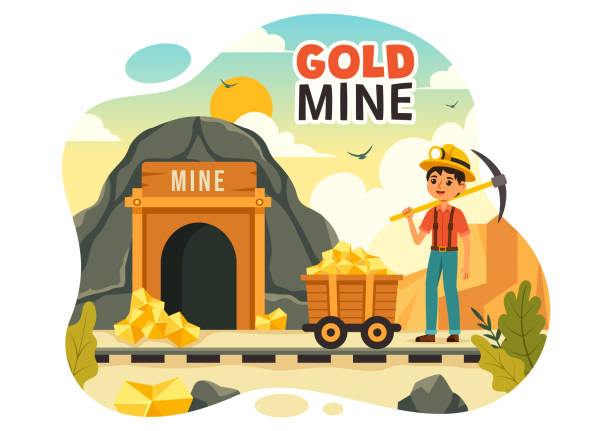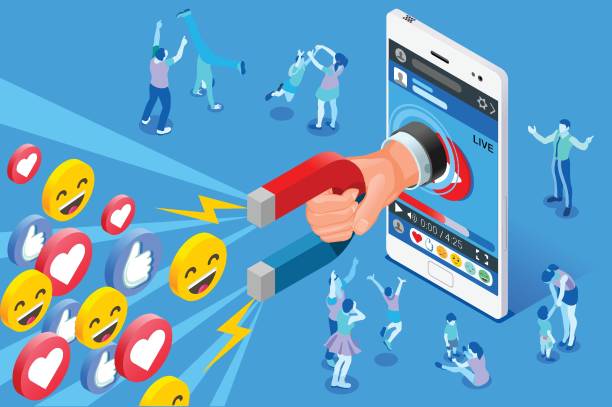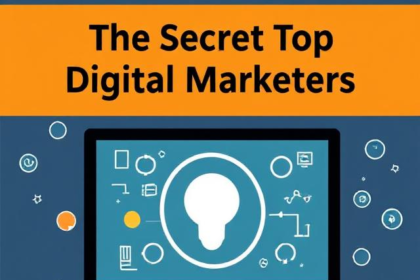The Power of Influencer Marketing
What if the key to explosive business growth wasn’t a huge ad budget or invaluable content — but that a micro-influencer with 10,000 loyal followers?
Welcome to a niche influencer marketing, a strategy that’s quietly taking small brands to the mainstream market by making them into cult favorites.
In this post, we’ll delve into the world of niche influencers, discuss how they’re reshaping trust, reach and ROI, and why leaning into these meticulously woven networks may be your most clever marketing strategy to date.
Niche Influencers Are a Gold Mine for Brands

While mainstream influencers play the game of millions of followers and brand deals, niche influencers own small, cult-like communities. These might be vegan fitness coaches, retro gaming reviewers, sustainable fashion advocates or miniature painting artists.
Why does this matter?
Because niche audiences are deeply engaged, incredibly loyal, and actively looking for trusted recommendations. Micro and nano-influencers (1K–100K followers) produce 60% more engagement than macro-influencers, according to a study by Influencer Marketing Hub. Less niche = widower trust = poor conversions.
How Do Tight-Knit Communities Fall to the Psychology of Influence?
Humans are hardwired to trust people who “get” us.
Yes, likability and authority are key drivers of whether people will follow a call to action (per Dr. Robert Cialdini principles of persuasion). In niche industries, influencers have moved beyond promotion and into symbolism, educating, empathizing, and embodying the very lifestyle that their audience wants to exude.
It’s large-scale peer-to-peer persuasion.

That’s why a cosplay content creator can sell more specialty product than a celebrity endorsement. The influencer is someone who is just like the audience, not better than the audience.
How this niche influencer turned a small skincare brand into the hot new thing
Introducing Glow Botanicals, a small organic skincare line trying to stand out in a crowded beauty marketplace. Rather than recruiting a beauty mega-influencer, they aligned with Lena Grace, a micro-influencer who has expertise in natural skin care for eczema-prone skin.
With fewer than 20,000 followers, Lena was a rather unassuming pick. But then came what should have shocked:
✅ 32% increase in website traffic per month
✅ 60-day sales increase of 18%
✅ Users-generated content and organic reviews in hundreds
Its audiences didn’t just witness the product — they believed in the transformation.
Experts Weigh In: Small is the New Big
“The future of influencer marketing is in micro and nano influencers that have a specific audience and high engagement,” says Neal Schaffer, author of The Age of Influence.
However relevance will win the conversion.
Marketing guru Seth Godin once said: “Everyone is not your customer.” Niche influencers enable you to reach your tribe — the people who care, share and buy.
How to Tap into influencer marketing for your niche sector
Ready to dive in? Here’s how to do it right:
✅ Know Who The Right Influencers Are
Look beyond follower counts. Focus on:
- Engagement rate
- Audience relevance
- Content authenticity
Vet potential partners with tools like BuzzSumo, Upfluence, or HypeAuditor.
✅ Having a Relationship Instead Of A Transaction
Influencers should not be considered mere billboards.
Interact, partner and co-build integrated content that is mutual benefit to its audiences.
✅ Measure What Matters
Track performance using:
- Click-through rates (CTR)
- Conversion rates
- Social shares
- Sentiment analysis
Remember: an engaged small audience that converts is better than a large audience that scrolls.
Unexpected Niches That Win With Influencers
To put it in layman terms, influencer marketing is when a company pays an influencer to promote their brand or products to their followers – who usually speak to millions of people – which, when it lands, can cause serious sales and revenue to flow;Here are a few surprising industries that are quietly killing it with influencer marketing:
Local beer influencers driving taproom traffic
- Board gaming – YouTubers reviewing indie tabletop games
- Aquascaping at home — these fish tank Instagrammers are wow-ing us
- TikTok DIY candle tutorials and kits
- These communities may be small — but they’re passionately devoted.
Common Mistakes to Avoid
Steer clear of these influencer strategy hall-of-shame transgressions:
🚫 Ignoring micro/nano influencers
🚫 apenas sumando seguidores
🚫 Micromanaging content creation
⛔️ Disregarding long-standing collaborations
This is not a sponsored post, and you can trust your influencers to know their audience. Let them take the lead on the creative — your ROI relies on it.
Why Is This Strategy So Powerful?
It’s not just marketing. It’s connection marketing.
Niche influence marketing works because it centers around emotional resonance, community trust and authentic storytelling — the holy trinity of modern branding.
You’re not yelling into a room full of people.
You’re speaking in the right ear.
Ready to Try It? Here’s Your Action Plan
You don’t require a huge budget or a large team. You need a smart strategy.
👉 Step 1: Be clear about your niche
👉 Step 2: Research niche micro influencers in there
👉 Step 3: Outreach with a personalized, value-add proposal
👉 Step 4: Collaborate on content and track performance
Follow these steps to will help you continue tweaking your approach:
Start small. Think big. Act now.
Conclusion: The Audience Awaits You
Niche influencer marketing is not just a trend, it’s a movement. When information overload and ad fatigue are a given, authentic voices are more likely to burst through the noise.
Whether you’re selling artisan chocolate, eco-friendly notebooks, or digital courses in drone photography—there’s an influencer who speaks your customer’s language.
So why wait?
Find your niche. Partner with power. And see your brand go from also-ran to powerhouse.








